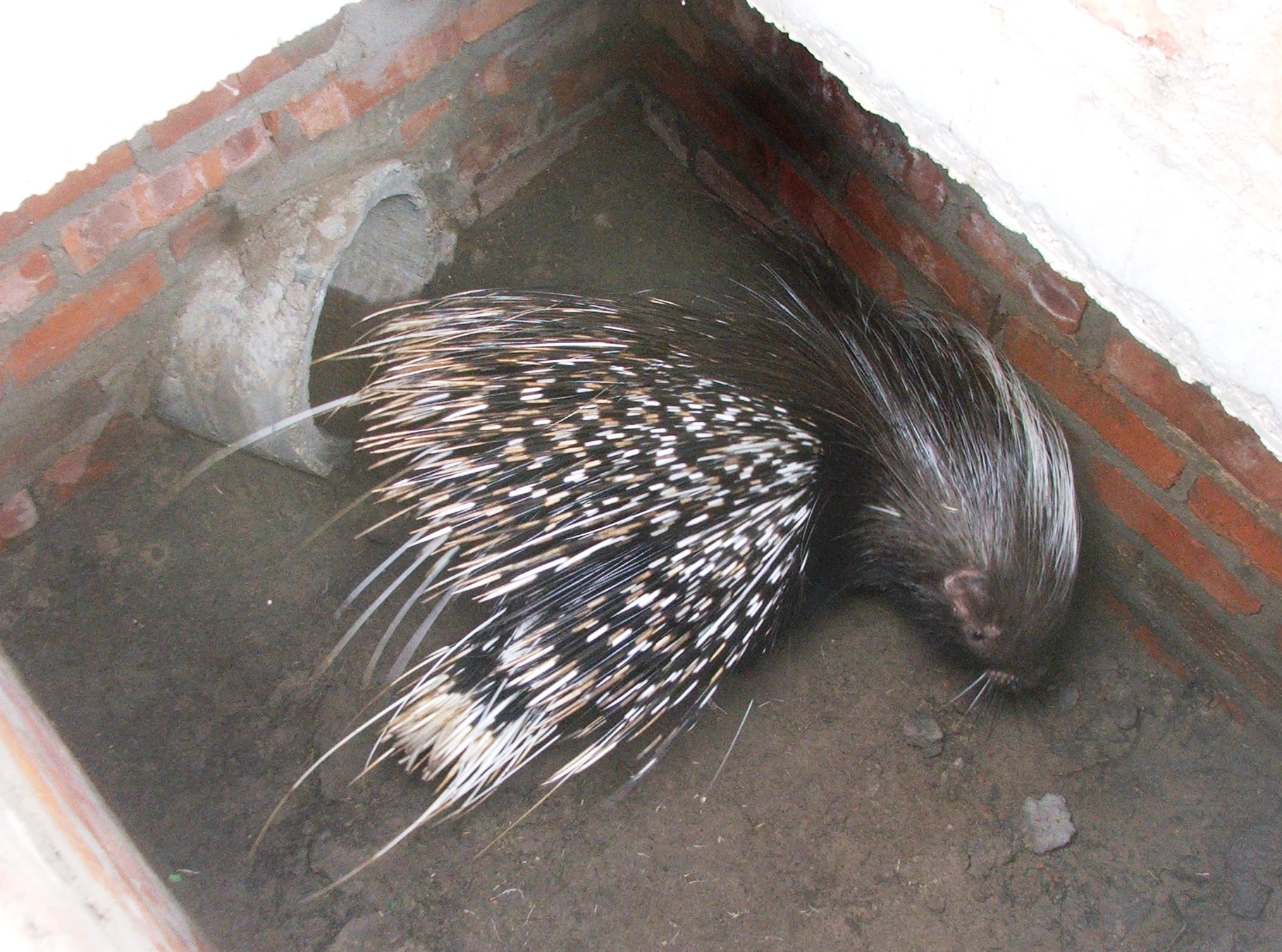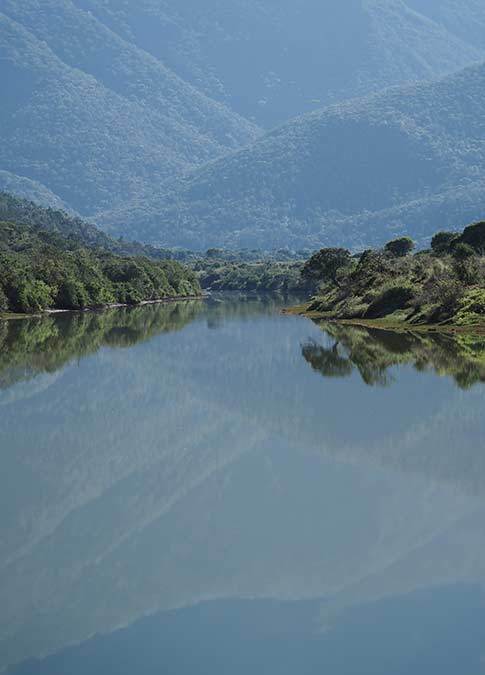Porcupine rescue
When recently we received a call for help I remembered a somewhat similar occasion more than 60 years ago. At that time my mentor in the veld was Pieter, the tractor mechanic. His work took him in his open, ex-army jeep from farm to farm. During his travels he had acquired a good deal of practical knowledge regarding wild animals and their habits. So when a nature-loving farmer’s wife came across what she believed might be a porcupine trapped in a narrow gap between rocks at the foot of a krans, Pieter was the obvious person to call. He, in turn, invited me to accompany him.
Porcupine quills have been known to kill lion and leopard
Before we ventured in among the rocks Pieter had some words of warning: “If we find this fellow he’ll do his best to get away, but if he’s trapped he’ll come at us – backwards if at all possible. Man, then we’ve really got problems! Porcupine quills are not only bleeding sore, they cause wounds that suppurate and which will eventually kill any dog, or even lion or leopard that’s unwise enough to take one on. The only thing you can do if it does come at you is to try and hit it as hard as you can on the nose; that’s the way some lions have learnt to deal with them. So find yourself a short, heavy stick before we go in there.”
Largest rodents found in southern Africa
As it turned out the porcupine was quite obviously not trapped. We found scattered quills and some old bones, but no other sign of this, the largest rodent to be found in southern Africa. Porcupines are to be found throughout the country, but they are nocturnal animals and extremely cautious, so are seldom seen. Although they live together in small groups of three or four, they split up to forage alone. We have one that regularly visits our garden, digs up bulbs and gnaws bark from trees, but despite its regular visits we have never spotted it.
There was no doubt about the type of animal when the latest call for help arrived. It was undoubtedly a porcupine, or perhaps porcupines. Knowing their habits we were a little surprised that there might be more than one that was trapped. Men opening the cover on a storm-water drain had glimpsed the unmistakable banded, black and white quills of a porcupine disappearing down a pipe. The question was how to get it – or them – out? But we also wondered how the animal had made its way into the drain. A porcupine has a mass of between 15 and 18 kg and is covered with quills. There was no way an animal that size could slip through a drainage slit at the side of the road.
The Porcupine rescue

As it turned out there was more than one animal, but getting the porcupines out of the pipe proved to be the easy part of the exercise, and no one had to arm himself with a stout stick. Some vegetables placed at the mouth of the pipe lured them out (they were probably quite hungry after their incarceration) and a plank of wood with transverse strips nailed to it to give them a foothold was placed in the drain to allow them to clamber up and out. Once at ground level a reward of some more veggies awaited them before they scuttled off into the dark. Sadly we were unable to rescue a baby just old enough to have hardened bristles on its back.
The answer as to how they got into the pipe was also fairly simple. The only possible entrance for an animal of that size was the outlet of the drain. This was located at the side of a dam. For some weeks there had been little or no rain and the level of the dam had dropped sufficiently for the porcupines to seek shelter in the pipe. The dry spell was followed by unusually heavy rain that raised the water-level and trapped them.
Porcupines are known to travel great distances (up to 15 km) in search of delicacies, so we sometimes wonder if the animal feasting off the bulbs we have carefully nurtured is one of those we rescued. Unlike subsistence farmers, however, our lives do not depend on the bulbs we have planted, so we do not bear it a grudge.
When returning after dusk from a game drive at Kariega Game Reserve, keep a sharp lookout for a large, animated pin-cushion bouncing down the road. Sighting a porcupine is far more difficult than seeing a lion, and will be something you can boast about when you return home, and a vision of the African bush that you will treasure.
This story is written by local conservationist and author Bart Logie.









